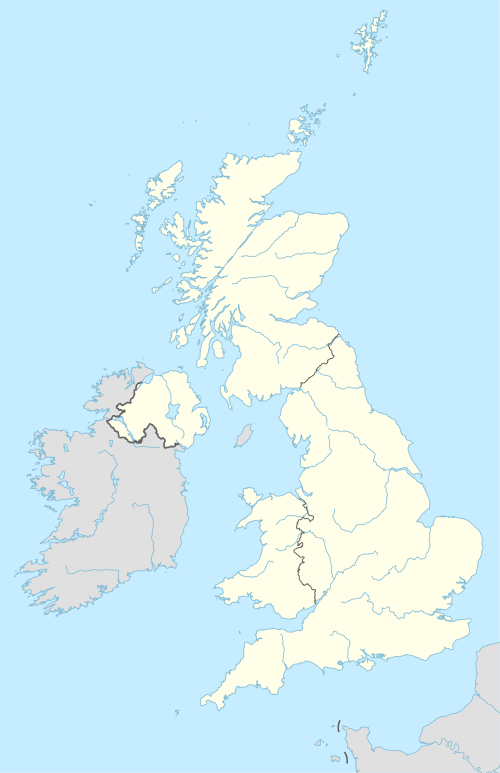This is a list of shore establishments (or stone frigates ) of the Royal Navy and Corps of Royal Marines .
Contents
- Current Royal Navy shore establishments
- Naval bases
- Air stations
- Training establishments
- Other
- Defence Munitions Centres
- Testing establishments
- Overseas naval facilities
- Current Royal Marines establishments
- Bases
- Significant RM presences are also located in
- Royal Marines Band Service
- Royal Marines Reserve
- Current Royal Naval Reserve units and establishments
- Former shore establishments
- Former Imperial fortresses
- Former naval bases
- Former air stations
- Former Royal Naval Hospitals
- Former shore bases
- See also
- References
- Further reading
- External links



